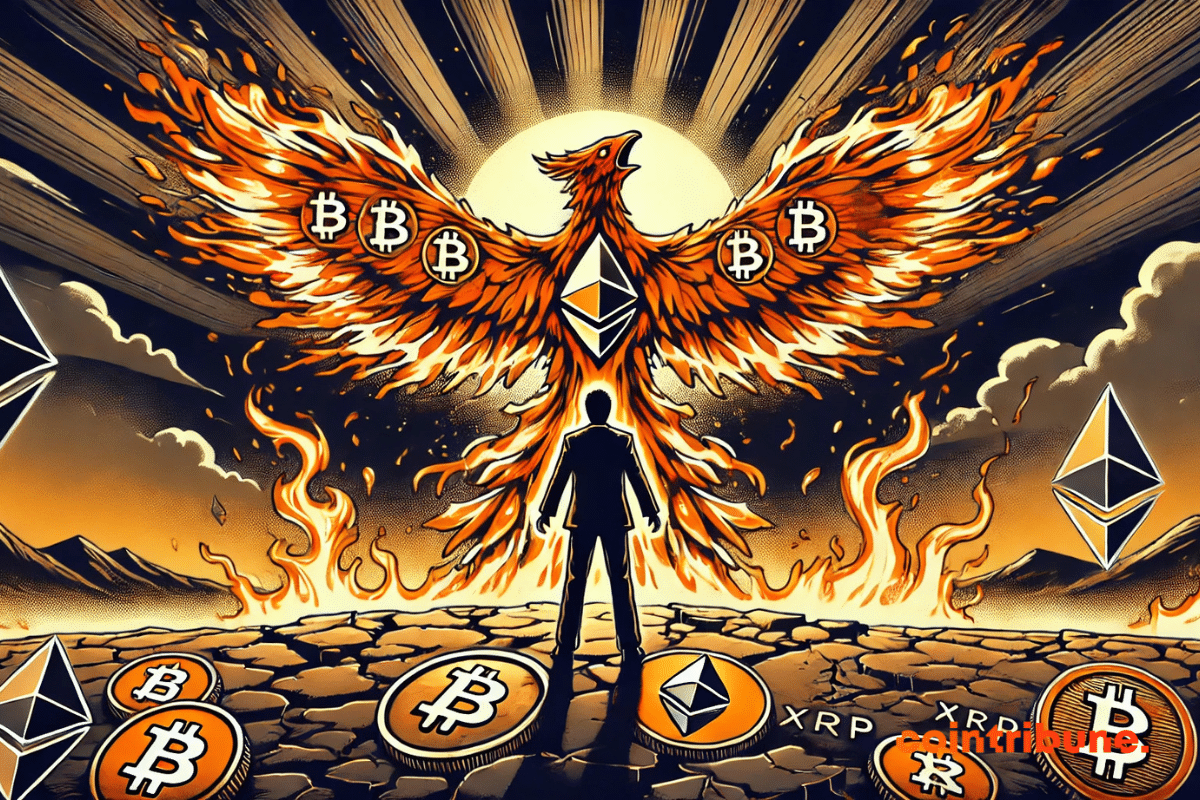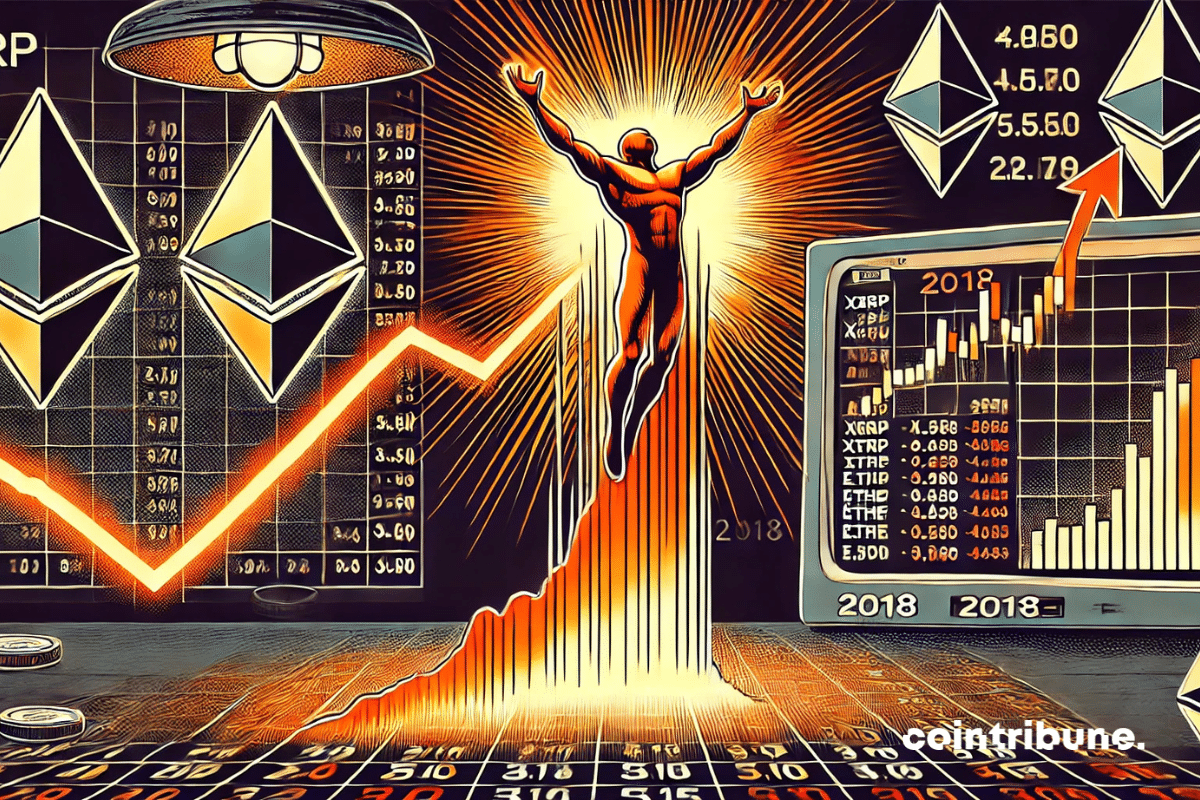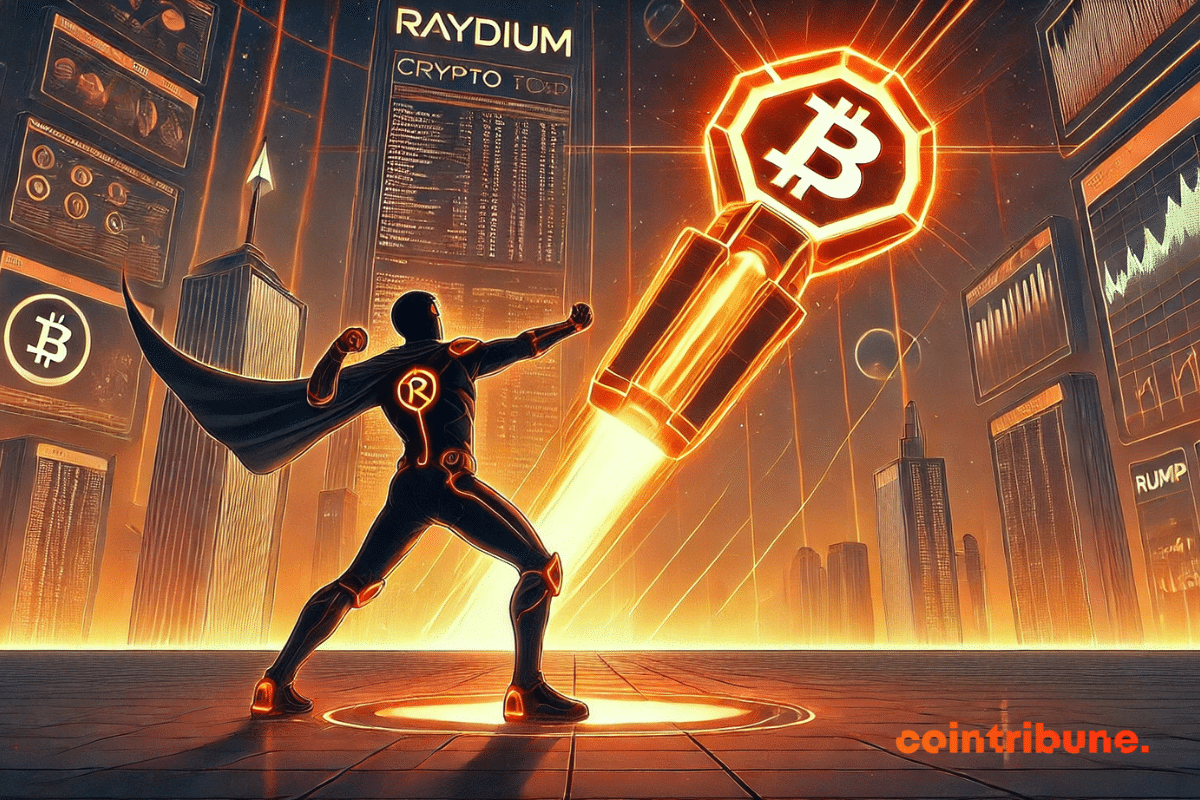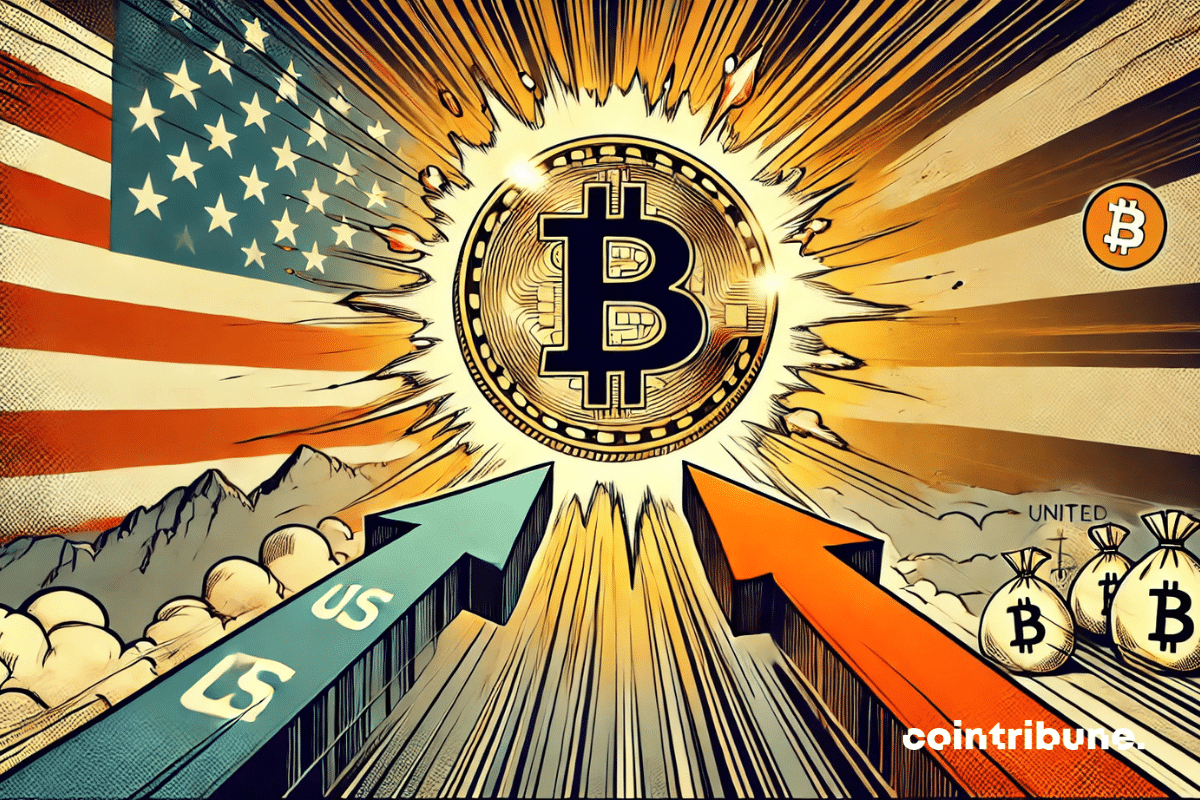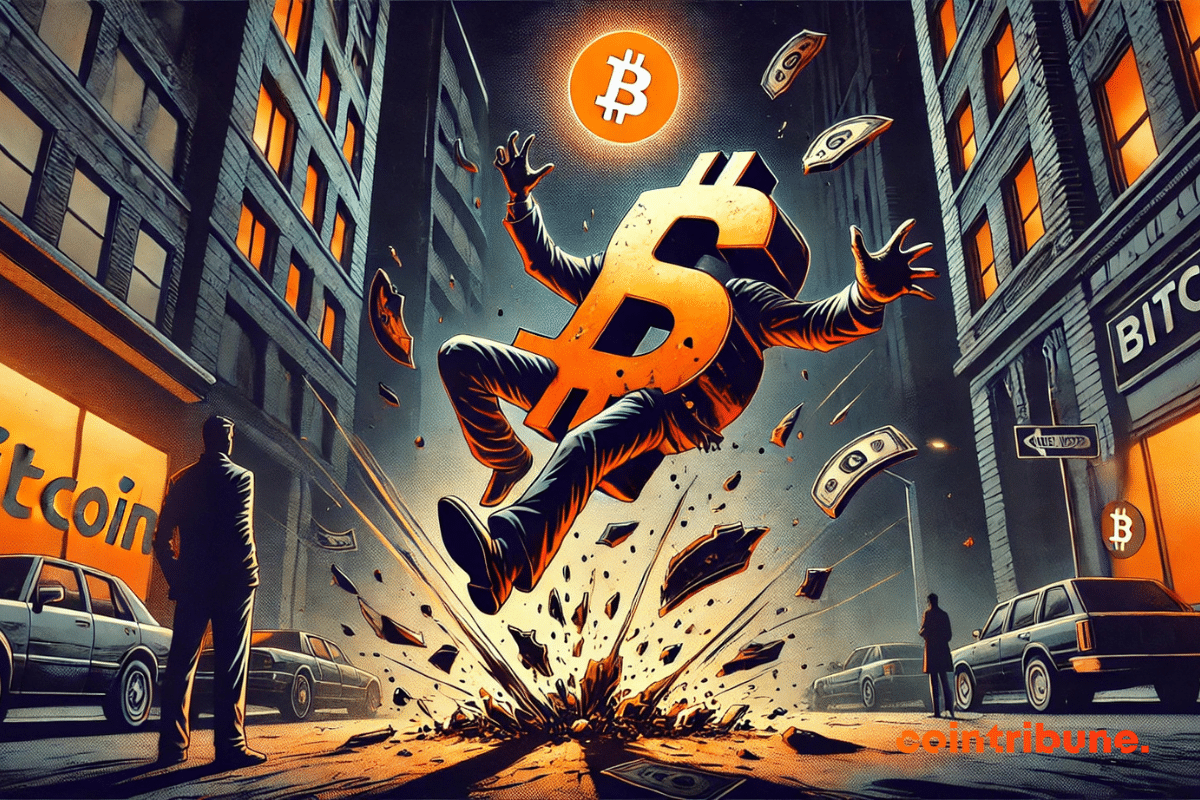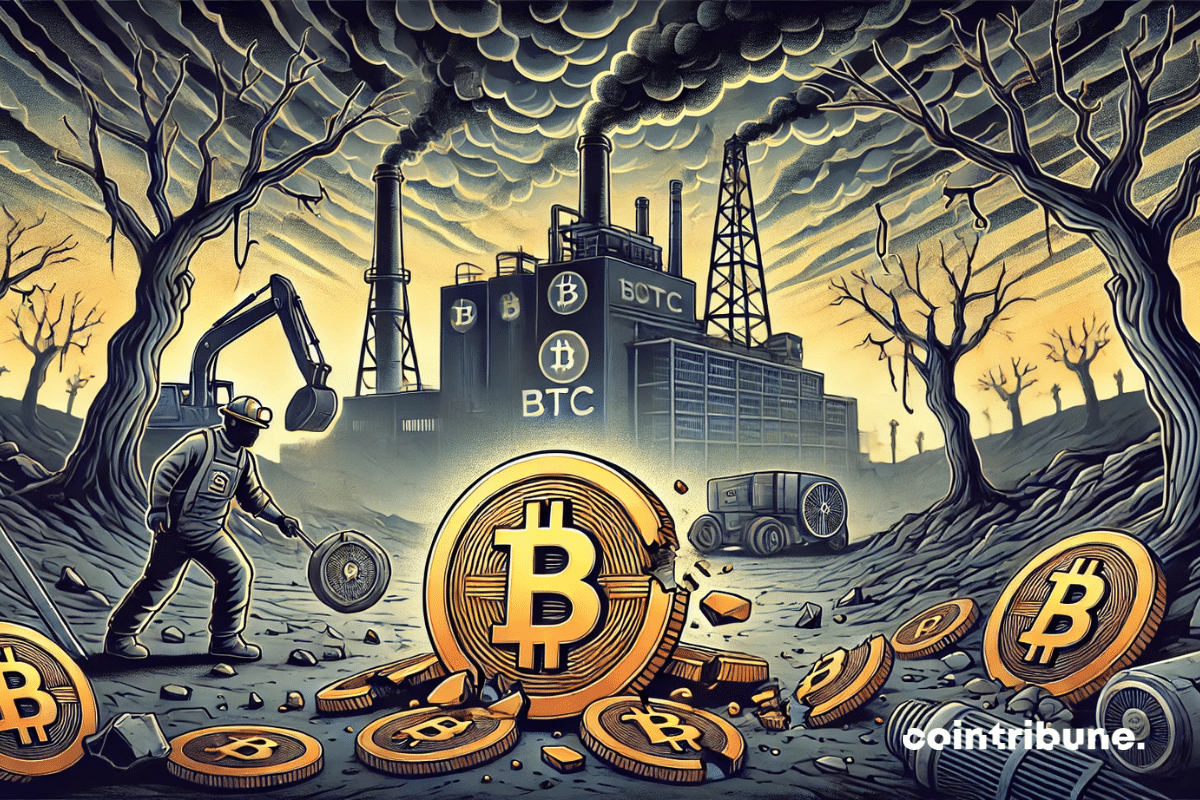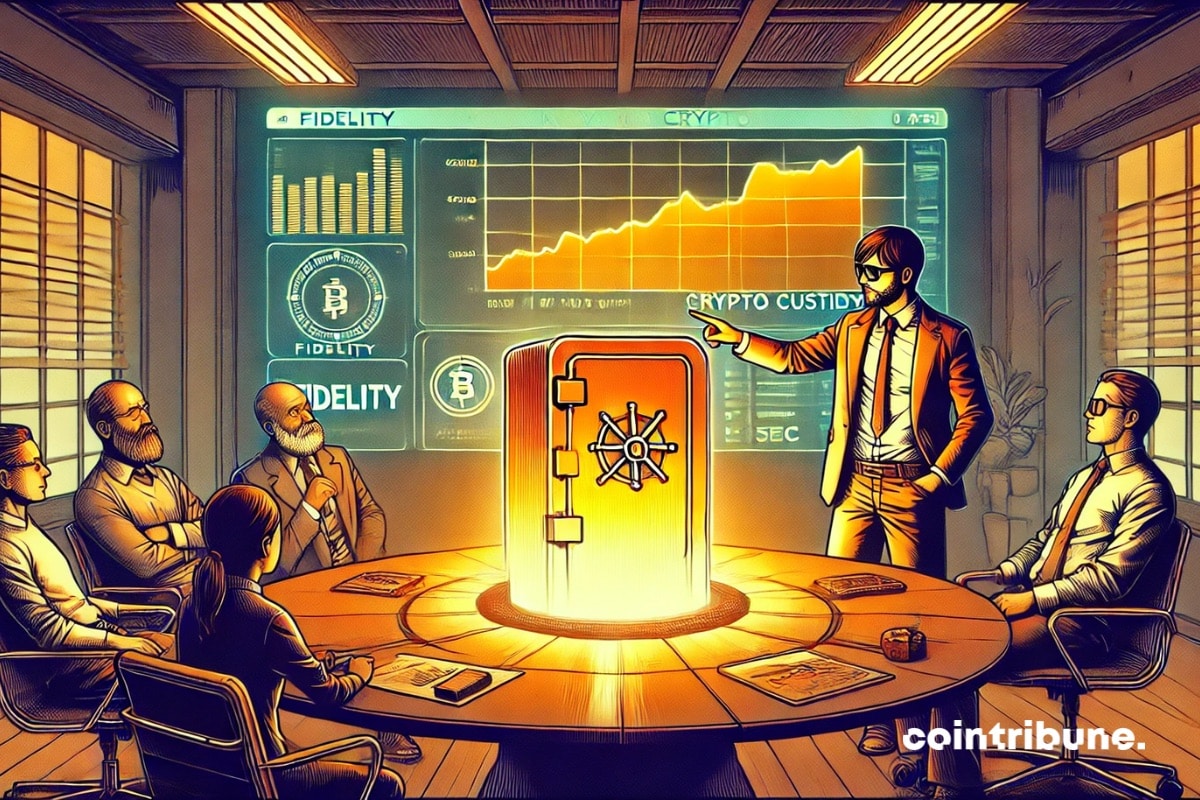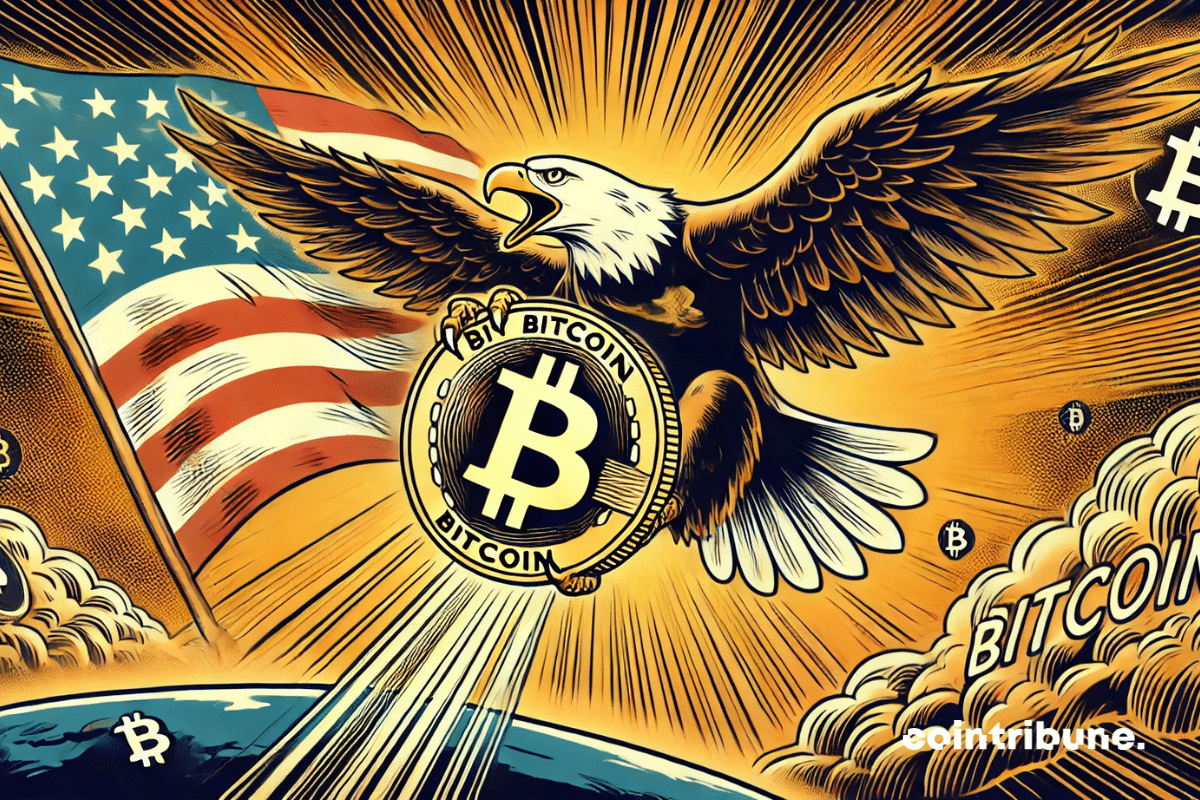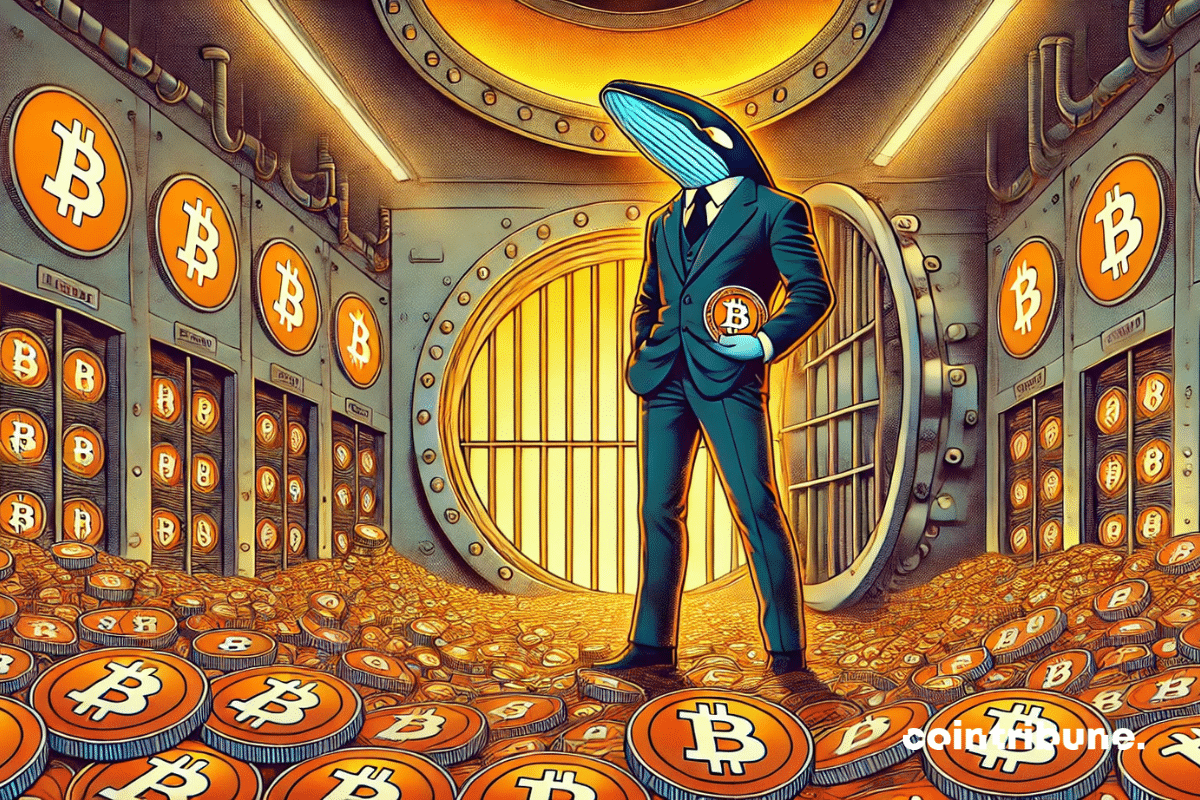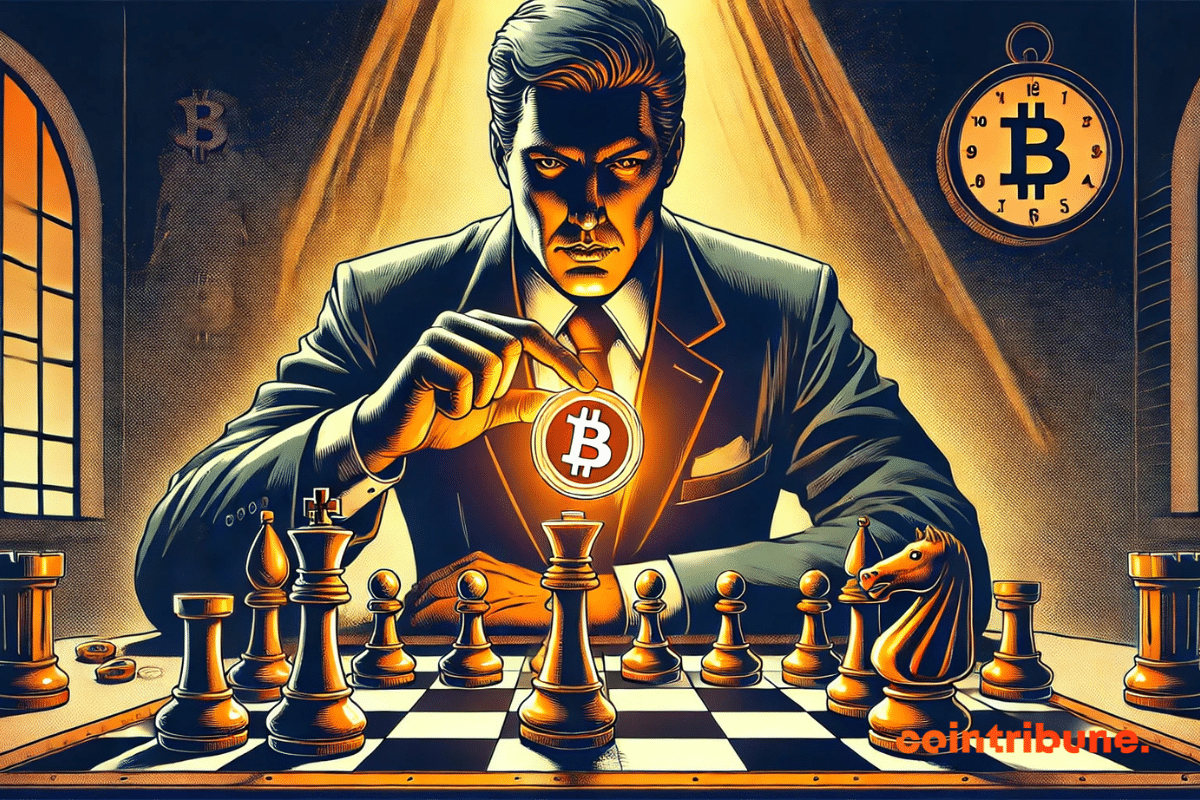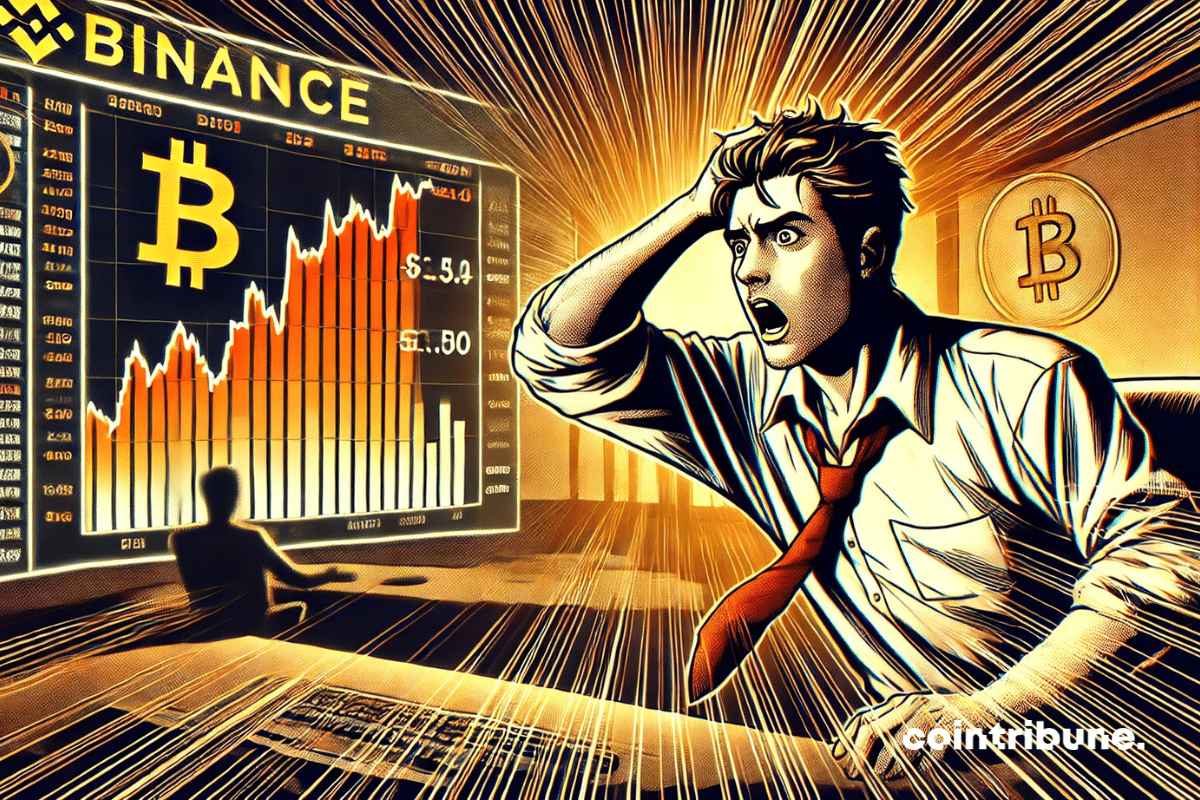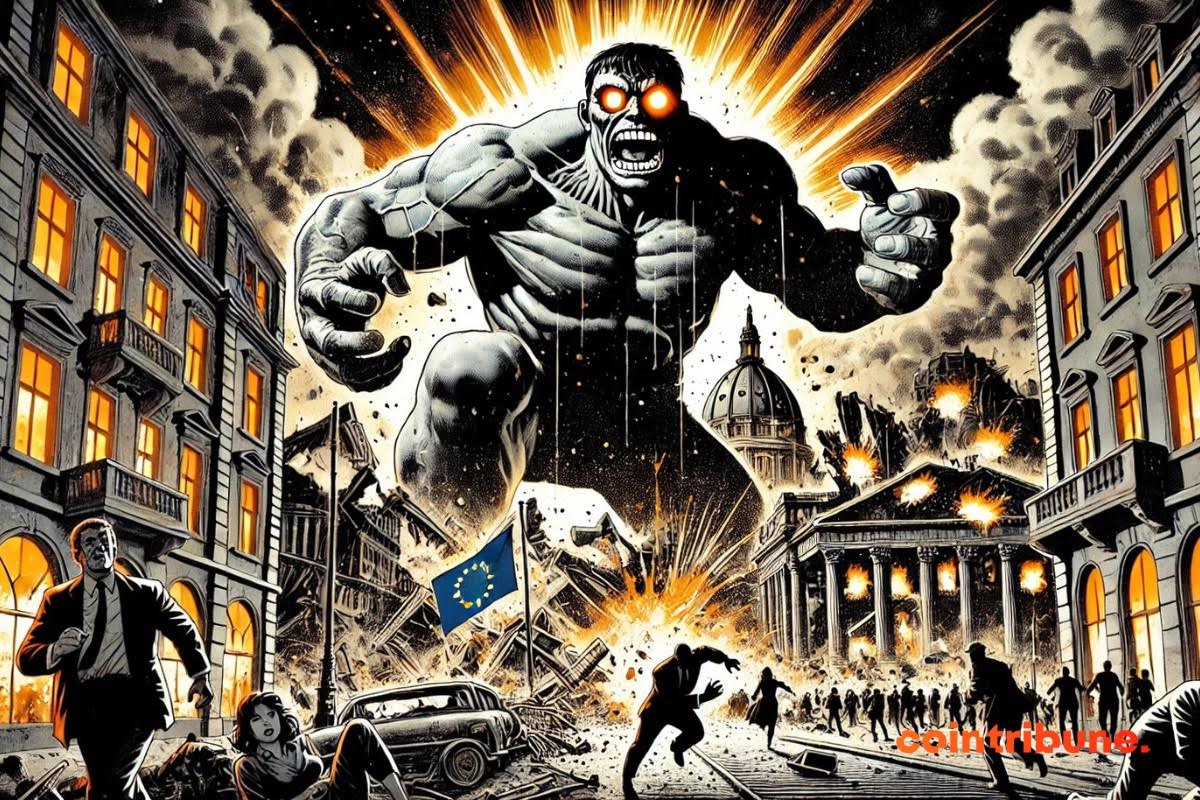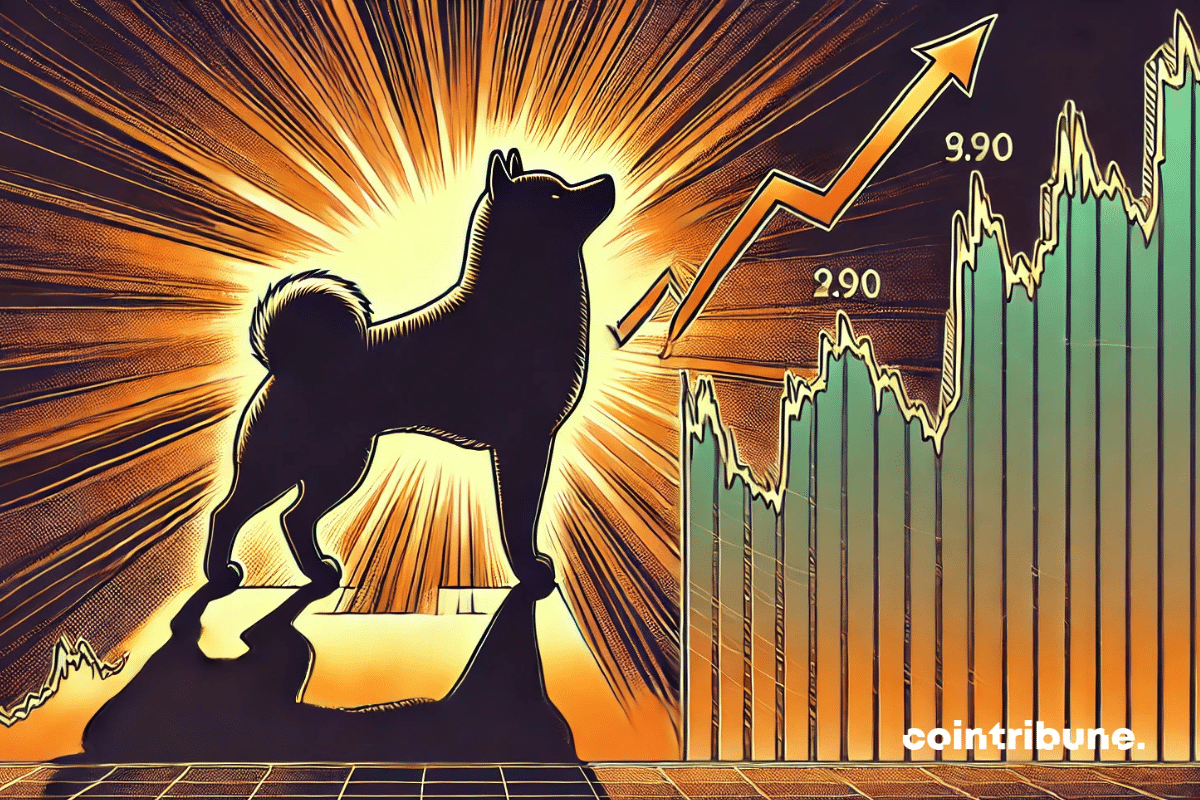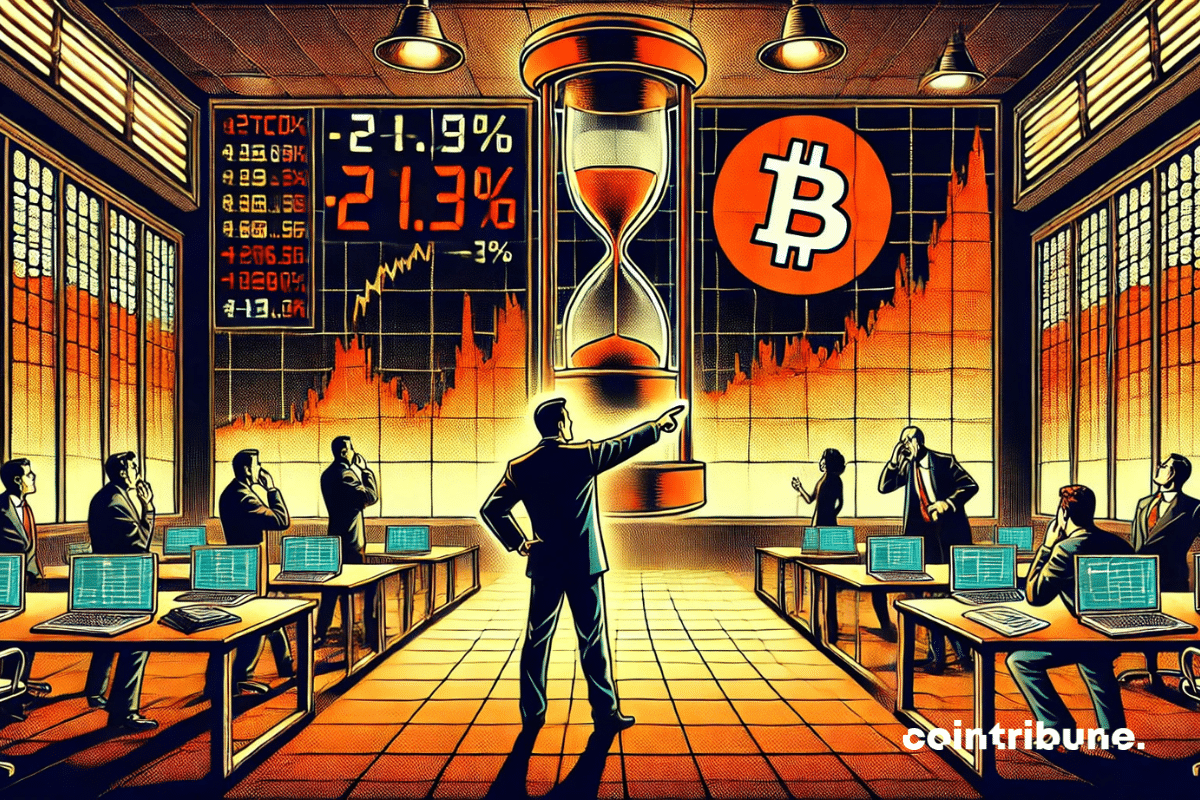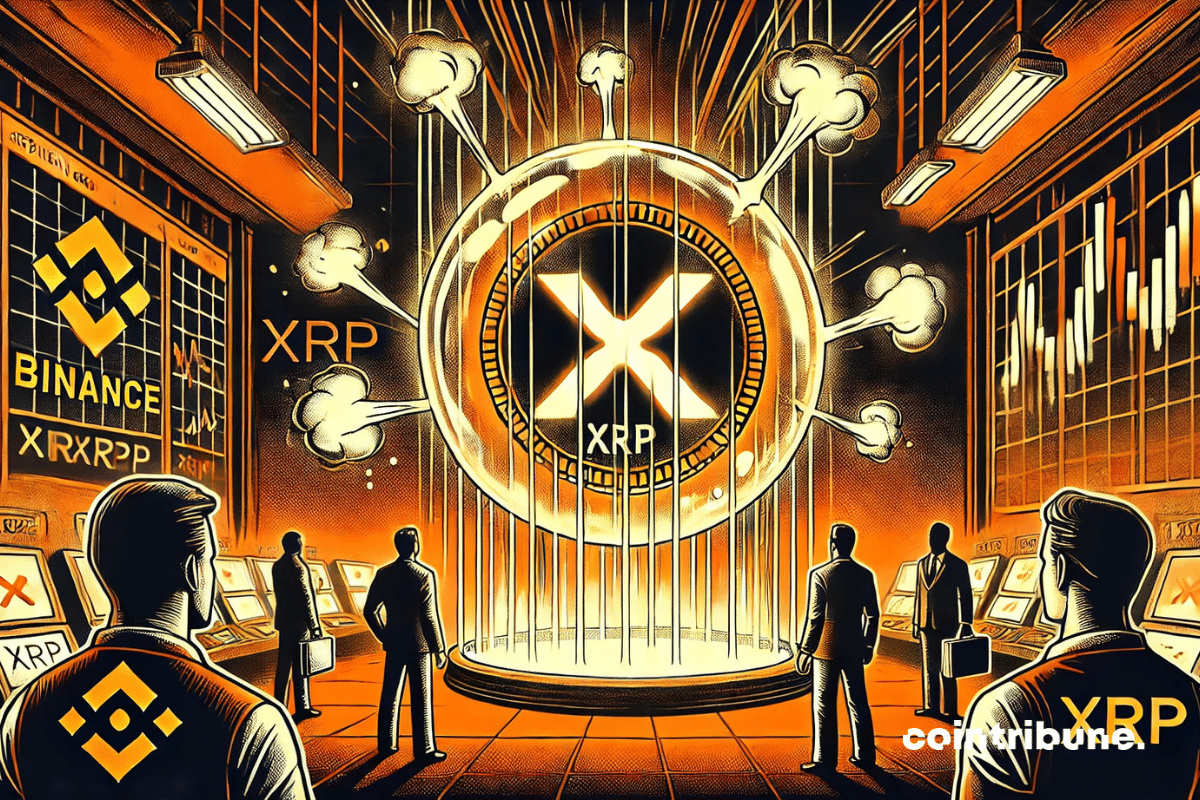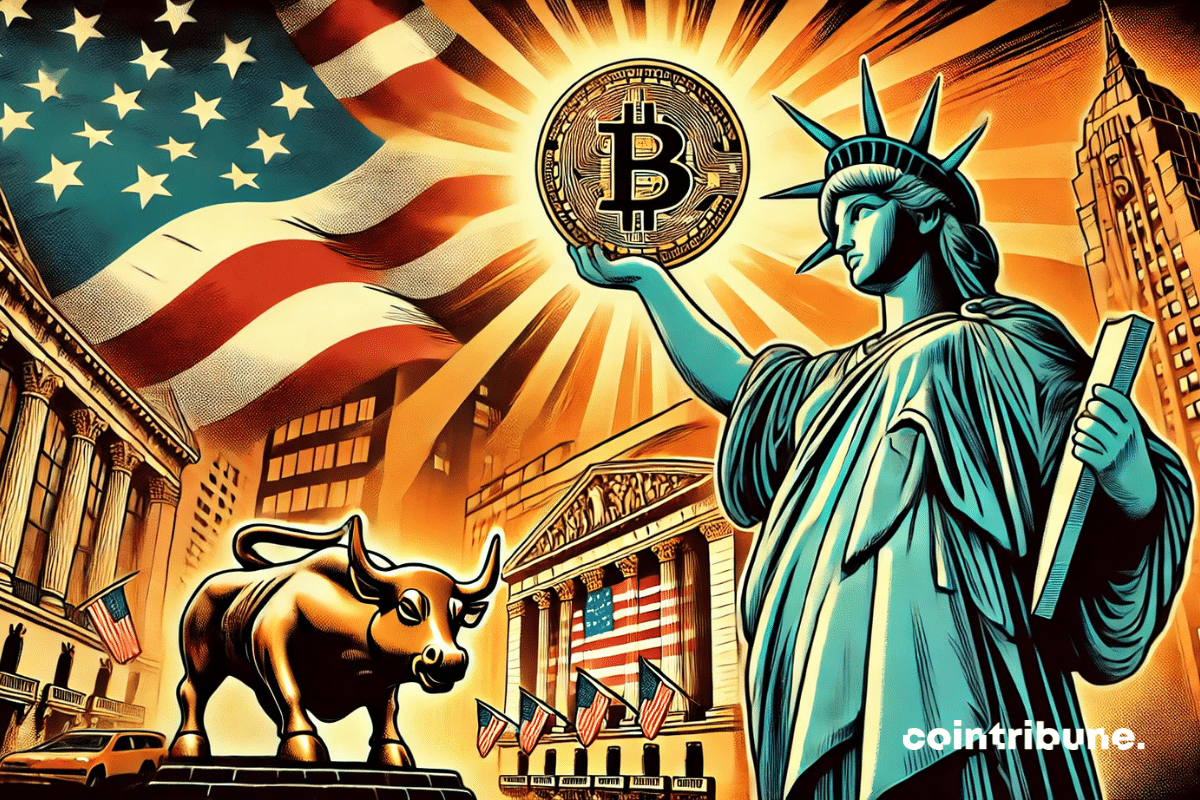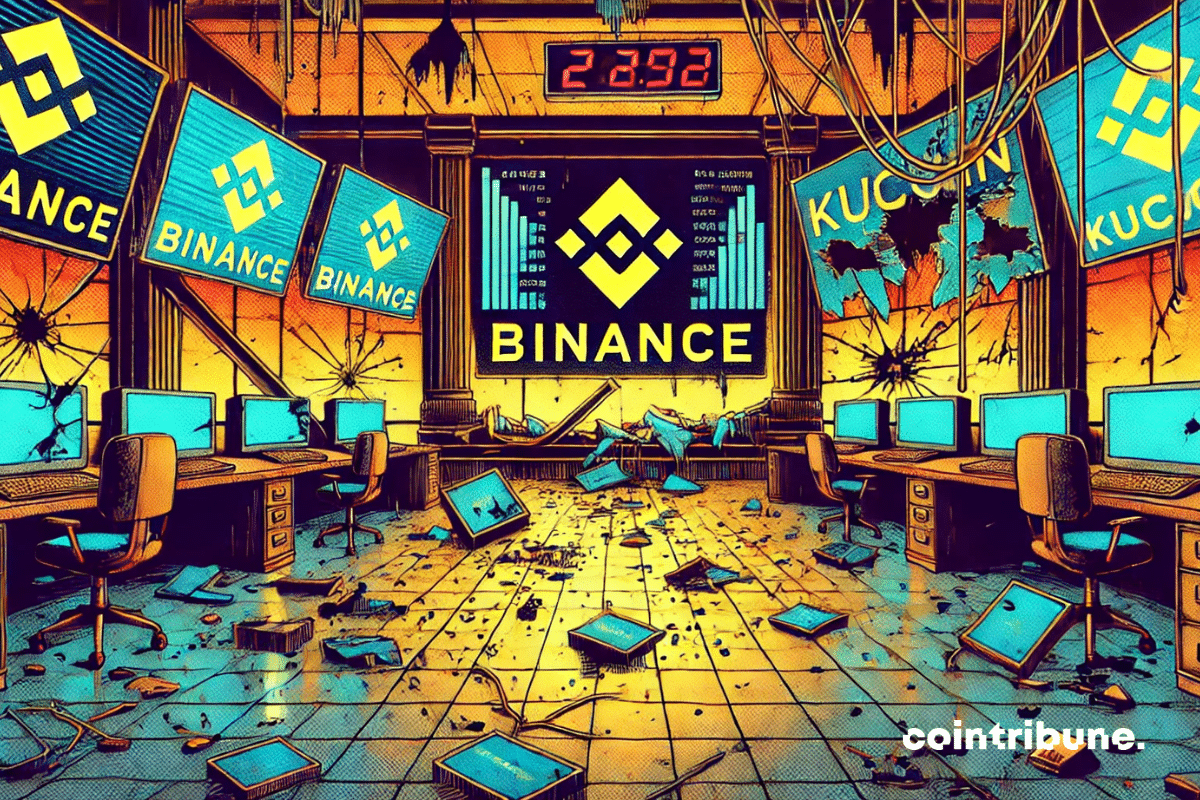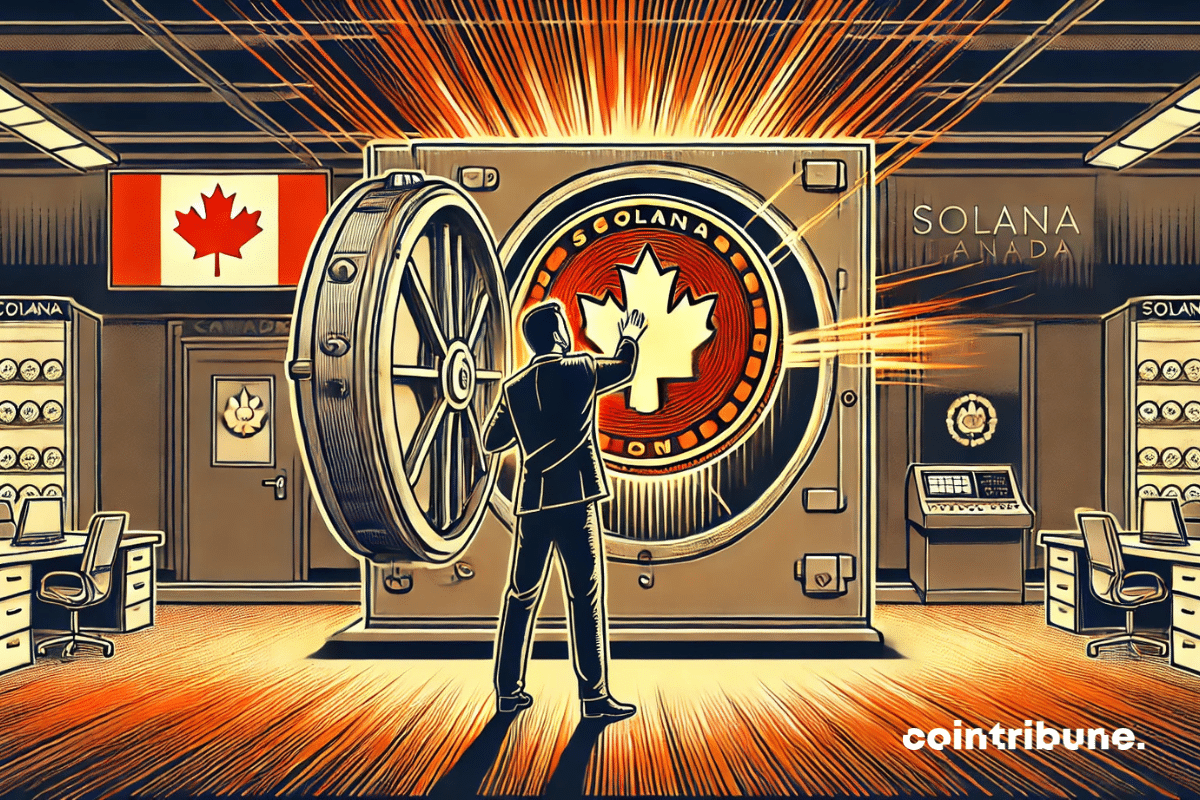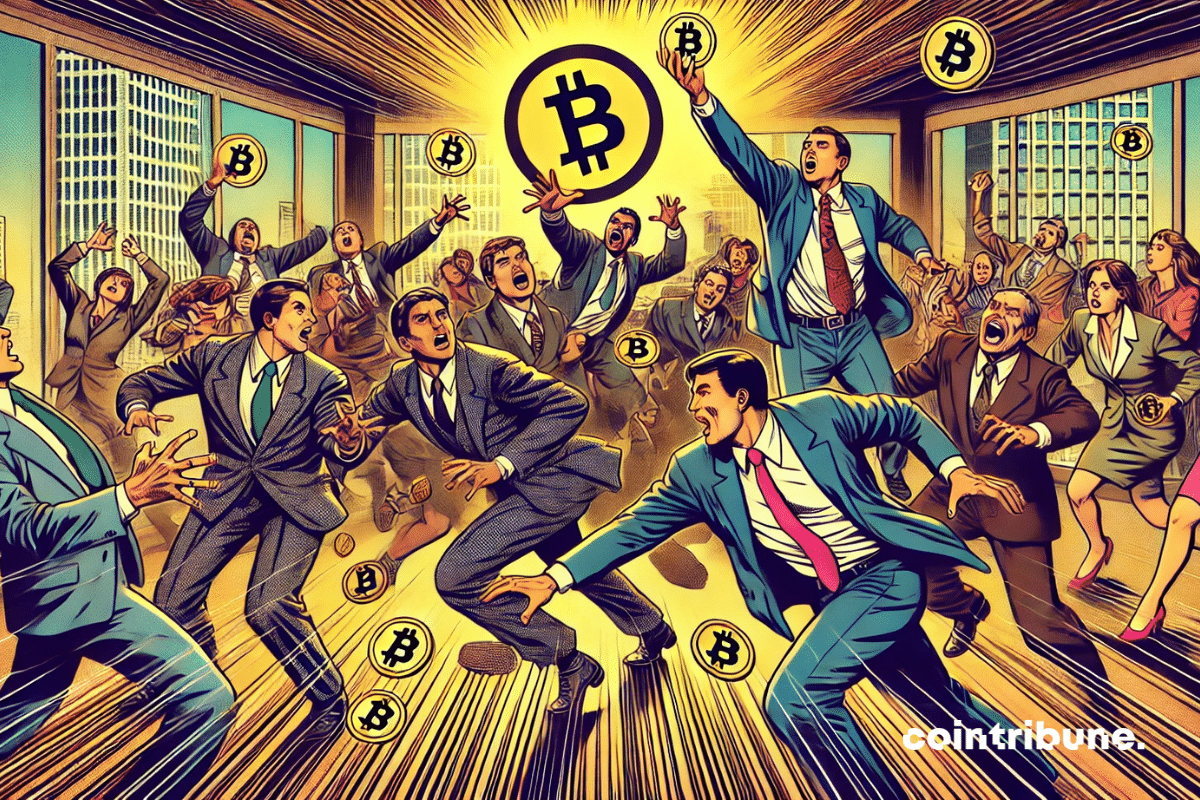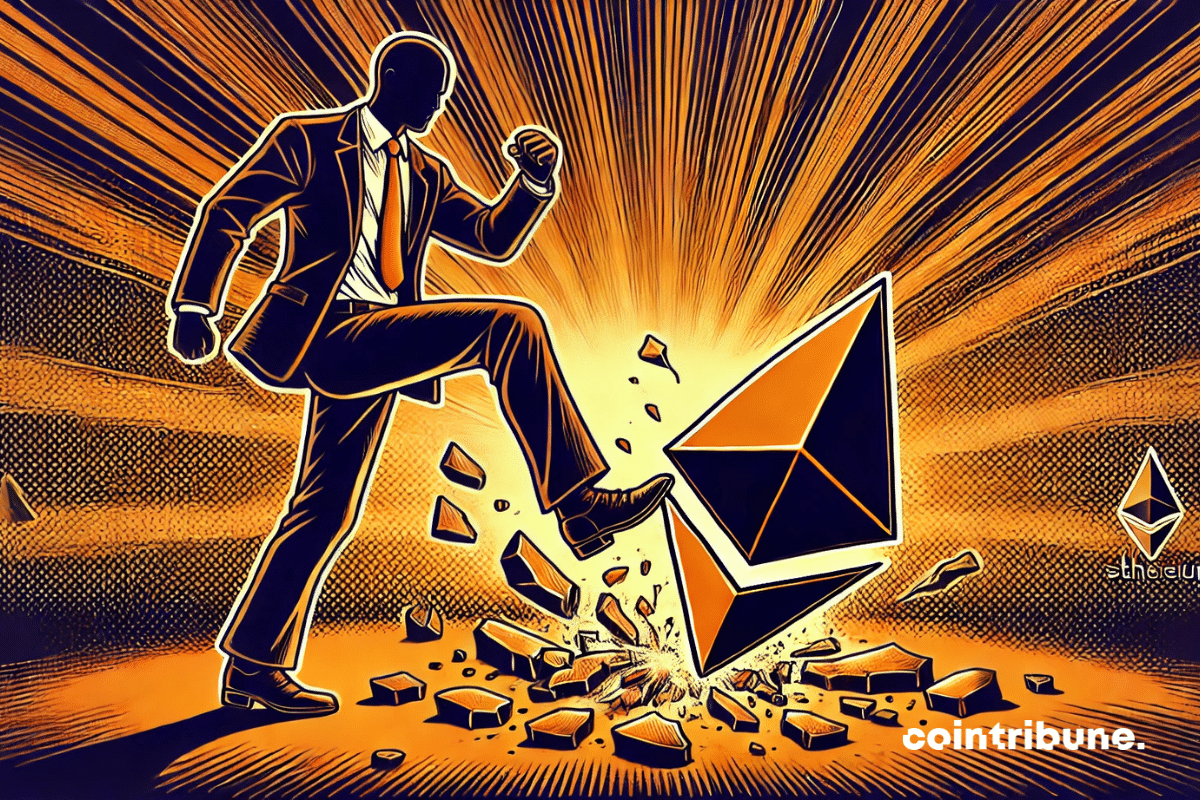Solana is back in the spotlight. After a downturn marked by a massive outflow of capital, the network has recorded an unexpected return of funds. Nearly $120 million was transferred into its ecosystem within a month. This reversal intrigues analysts and sparks speculation about a recovery of SOL, its native token. While some see it as a strong signal of regained confidence, others remain cautious due to an still fragile market structure. What does this renewed interest really conceal?
Crypto News
Against all odds, the crypto market started 2025 in decline, catching investors off guard. Bitcoin and Ether, usually strong performers in the first quarter, recorded their worst historical performances during this period. This sharp reversal, breaking with known seasonal dynamics, reignites debates about a potential rebound in the second quarter, while economic uncertainties weigh on all risk assets.
Richard Teng, CEO of Binance, revealed that the crypto exchange platform is helping several governments establish strategic bitcoin reserves and develop regulatory frameworks. This trend is accelerating as many countries follow the American example in digital asset policy.
In 2025, the crypto universe looks like a movie scene where the same actors return, despite expectations of a new script. According to CoinGecko, AI tokens and memecoins still capture 62.8% of investors' attention in the first quarter. This dominance raises questions: is the market destined to recycle its old successes, or does this persistence hide a subtle transformation?
XRP has just achieved a feat few anticipated: surpassing Ethereum in market capitalization, if only for a few hours. This surge, unprecedented since 2018, is not insignificant. In a market undergoing reshaping, it reveals a possible shift in the balance of power. Indeed, it is no longer just a matter of price, but of perception, usage, and institutional recognition. This strong signal, coming from an asset long considered secondary, raises questions about the real position of the historical giants in the crypto ecosystem.
The crypto ecosystem on Solana is experiencing an unprecedented rivalry. Raydium, a giant in decentralized exchanges, unveils LaunchLab, a token creation platform designed to counter the meteoric rise of Pump.fun. Between aggressive strategies and technical innovations, this confrontation reveals much more than just a battle of features: it is a duel to capture the speculative energy of DeFi.
The rise of American exchange platforms, favorable technical indicators, and the reduction in supply are creating a dynamic that could propel Bitcoin to unprecedented highs by the end of 2025.
The Russian Ministry of Finance is exploring the possibility of developing its own stablecoin. This comes after recent U.S. sanctions and actions by Tether, which blocked wallets linked to the Garantex exchange. This initiative primarily aims to avoid dependency risks associated with foreign stablecoins, such as USDT.
As the dollar falters under the blows of trade tensions and macroeconomic doubts, Bitcoin emerges as a bold alternative. Between hopes for a rebound and strategic uncertainties, the cryptocurrency whispers a promise: to rewrite the rules of safe-haven value. What if 2024 marked the advent of a new financial paradigm?
In March, publicly traded mining companies sold more than 40% of their newly mined bitcoin, marking the largest monthly liquidation since October 2024. This trend breaks with the accumulation strategy observed after the last halving.
According to a crypto expert, Bitcoin could revolutionize U.S. Treasury bonds. In this article, we explain how.
The United States Securities and Exchange Commission (SEC) is hosting a roundtable on April 25, 2025, bringing together crypto industry leaders such as Kraken, Fidelity, and Anchorage Digital. The goal is to discuss issues related to the custody of digital assets and to define future regulations for the crypto sector in the United States.
If the United States bought 1 million BTC, the price of bitcoin could reach 1 million dollars. A strategic reserve that would disrupt the global economy and reinvent financial assets.
While the crypto market remains unsettled by speculative shocks, a subtle signal is capturing the attention of insiders: Bitcoin whales are strengthening their positions. The number of addresses holding between 1,000 and 10,000 BTC has just reached 2,014, a peak since April 2024. This dynamic, far from insignificant, reflects a thoughtful accumulation strategy. Behind this silent movement, some already see the early signs of a possible bullish turnaround.
While markets nervously scrutinize the signals from the Federal Reserve, Michael Saylor, Executive Chairman of Strategy and a leading figure in Bitcoin maximalism, surprises everyone with a statement as enigmatic as it is calculated. On X, he posts a phrase: "Bitcoin is a chess game," accompanied by an AI-generated image of him posing in front of a chessboard. A minimalist but strategically weighed message that reignites the debate about his long-term vision for crypto.
Bitcoin shows signs of recovery as a major indicator on Binance confirms the return of the bulls. Details here!
The Italian Minister of Economy and Finance, Giancarlo Giorgetti, expressed his concerns about the threat posed by American stablecoins, emphasizing that they could represent a greater danger than Donald Trump's tariffs. According to him, these dollar-backed cryptos risk disrupting Europe's financial stability.
Binance Chain has just completed its 31st quarterly token burn operation, permanently removing 1.58 million BNB from circulation, equivalent to 914 million dollars. This strategy could well propel the price of the world's fifth largest cryptocurrency in the coming weeks.
Ethereum's dominance in the crypto market has dropped to 7.18%, a level close to its all-time low. A bearish chart pattern now suggests a possible correction towards $1,100 in the coming weeks.
PumpSwap, Pump.Fun's decentralized exchange, experienced an exceptional week with $2.5 billion in transactions, representing a 40% increase compared to the previous week. This platform, specialized in memecoins, is attracting a growing number of investors, creating hundreds of new crypto millionaires along the way.
While uncertainty reigns in the markets and regulators tighten the noose, BlackRock continues its crypto strategy without faltering. The American asset manager has just injected an additional 37 million dollars into bitcoin through its IBIT fund. A strong move, going against the prevailing hesitations, which confirms a methodical accumulation. Through this new purchase, BlackRock reaffirms its confidence in the leading crypto and strengthens its role as a catalyst for institutional adoption.
Shiba Inu stagnates under pressure, its fall is imminent. Bitcoin absorbs investors, and SHIB, with its anemic volume, could lose a zero in value if no change occurs.
Bitcoin is nearing its peaks, but a specter hovers over its trajectory. While the asset tests $86,000, a dreaded technical indicator remains frozen: the "death cross." This crossover of moving averages, often associated with bearish reversals, persists despite the current surge. Why does such a signal persist? Is it merely an anomaly or a serious warning? As positions accumulate, traders oscillate between confidence and caution, torn by a market in full dissonance.
Stablecoins, these cryptocurrencies backed by real assets, could see their supply increase dramatically, reaching $2 trillion by 2028, according to a recent analysis. Currently valued at around $230 billion, this market could thus multiply by ten in the coming years, driven by imminent legislation in the United States.
Unanimity in the markets is never trivial, especially in the crypto world. On Binance, over 72% of traders are betting on the rise of XRP. Such a strong consensus, in the absence of a fundamental catalyst, is unusual. No Ripple announcement nor a technical breakthrough, just a collective frenzy. This increased confidence is thought-provoking. Is it a sign of a real recovery or an excess of optimism ready to burst? The market might have a completely different interpretation.
According to a US government official, Bitcoin could become an alternative to gold for the coming decades. Details here!
The two crypto exchange giants, Binance and KuCoin, are facing significant service interruptions, disrupting the operations of millions of users worldwide.
Canada has just set a global precedent by approving the first spot ETFs backed by Solana (SOL), with staking options. While the United States struggles to move beyond Bitcoin and Ethereum, this Canadian initiative elevates Solana to the status of an institutionalized asset, marking a clear break in the hierarchy of listed cryptocurrencies. This is a strong signal for an ecosystem that has long been relegated to the background.
Bitcoin, often compared to a digital gold rush, is taking a decisive step. Imagine: 79 companies now hold nearly 700,000 BTC, equivalent to a treasure estimated at 57 billion dollars. These figures reflect not just an accumulation of assets, but a profound shift in investment strategies. Far from fleeting speculation, Bitcoin is establishing itself as a key piece in the reserves of economic giants. A silent but explosive revolution.
When Peter Brandt speaks, the markets listen. This trading veteran, active since the 1970s, dropped a bomb on the X platform: "Ethereum is a worthless trash." With over 700,000 followers and a reputation built on decades of technical analysis, Brandt is neither a troll nor an attention-seeking maximalist. His critique targets directly the second largest cryptocurrency in the market, which sparks a heated debate within the community and shakes the certainties of investors.

